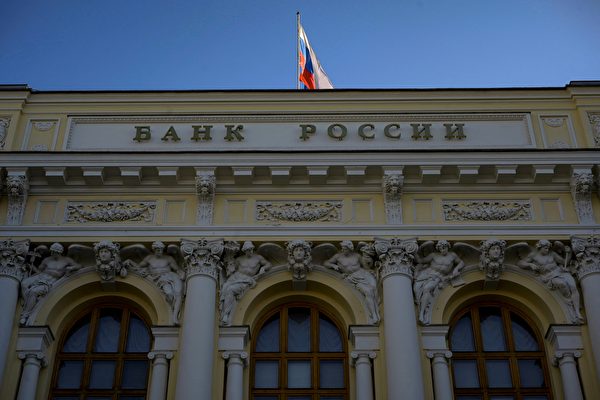European Union ambassadors from the 27 member countries reached an agreement during a meeting in Brussels, Belgium on Wednesday (8th) to use the profits generated from frozen Russian state assets to assist Ukraine.
Since Russia’s full-scale invasion of Ukraine, around €190 billion of Russian state assets have been frozen in Euroclear, a securities settlement system based in Brussels. The profits generated from these frozen assets are estimated to be between €2.5 billion and €3 billion annually.
According to the agreement, these funds will be transferred to EU funds every six months, with the first instalment potentially being disbursed to Ukraine as early as July. 90% of the funds will be used to purchase weapons and other military equipment for the Ukrainian army, while the remaining 10% will be allocated to reconstruction efforts.
This measure will apply to profits accumulated by Euroclear since mid-February 2024. The net profits as of mid-February this year will be retained at Euroclear as risk buffer reserves.
Euroclear will also withhold 0.3% of the expected profits as an incentive fee and temporarily retain 10% for financial stability considerations, with these amounts eventually being transferred to the EU.
In addition, Ukraine will receive tax revenues collected by the Belgian government on the profits from frozen Russian state assets. Belgian Prime Minister Alexander De Croo stated in March that tax revenues derived from profits related to Russian state assets would be used for expenses related to Ukraine. Since the beginning of the conflict between Ukraine and Russia, the Belgian government has collected approximately €1.6 billion in tax revenues. This year’s tax revenues are expected to increase to €1.7 billion, with €1 billion designated for military assistance to Ukraine.
Belgium levies a 25% tax on the profits from frozen Russian state assets. Under pressure from the United States and some EU countries led by Germany, Belgium expressed willingness to reach a “voluntary arrangement” with the EU and the Group of Seven (G7) regarding taxation matters starting from the 2025 fiscal year.
The United States and its allies have been discussing for months on how to manage the frozen Russian state assets. European Commission President Ursula von der Leyen announced at the end of October last year that the EU executive branch was developing a proposal to pool a portion of the profits from frozen Russian state assets to assist Ukraine and its post-war reconstruction efforts.
In December last year, the Financial Times reported that the United States urged G7 countries to assess how to deal with frozen Russian state assets, weighing using these funds to aid Ukraine. However, some EU countries such as Germany, France, and Italy expressed reservations, fearing potential legal and financial stability impacts and Russian retaliatory actions.
In March this year, Bloomberg cited sources revealing that the United States proposed to its G7 allies the establishment of a special purpose entity to issue at least $500 billion in bonds. These bonds would be paid from the anticipated profits generated by frozen Russian state assets, and the proceeds would be used to aid Ukraine. However, the EU deemed the plan too complex and lengthy, emphasizing the urgency of promptly delivering the funds to Ukraine.
Since Russia launched its military aggression against Ukraine in February 2022, to sanction Russia, the United States and its allies have prohibited economic and trade transactions with the Russian Central Bank and Finance Ministry, and frozen nearly half of Russia’s central bank foreign exchange reserves.
Currently, the EU, the United States, Australia, and other G7 member countries have frozen approximately €260 billion of Russian state assets. The majority of these assets are held in the EU, stored in Euroclear.

